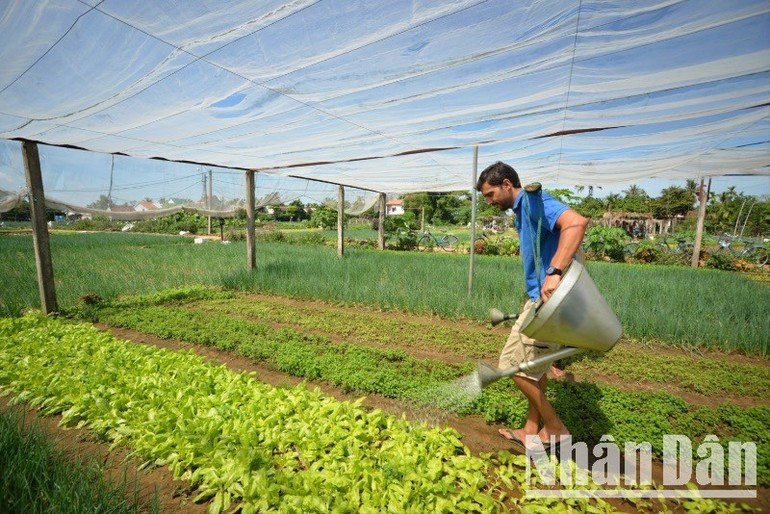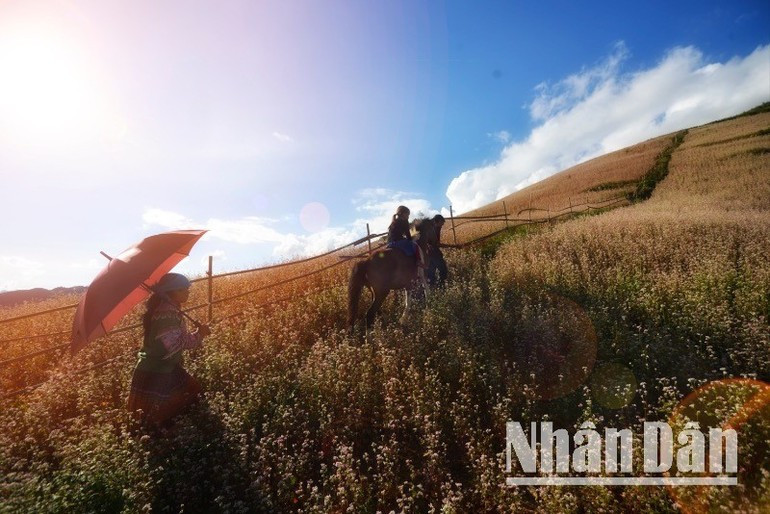Adaptive tourism strategy ahead of administrative mergers
Ahead of upcoming administrative mergers, the tourism sector must proactively develop clear, flexible, and adaptive strategies to create momentum during the transitional phase. Establishing a new tourism landscape with strong regional linkages will spark visitors’ excitement for new destinations within an expanded administrative space.

Proactively updating maps and redefining destination identities
The merging of administrative units means geographic maps, place names, and destination identifiers will change. Tourism, being closely tied to place, culture, and history, is directly affected. These changes will influence destination marketing, product organisation, and tourist behaviour. Without a synchronised preparation plan, name changes may confuse travellers—especially international ones—when searching for information, potentially reducing the effectiveness of destination promotion.
In reality, many localities have established tourism brands based on their administrative names. These names result from years of accumulated brand recognition through promotion and familiarity in tourists’ minds. Therefore, it is essential to develop communication materials suited to the new administrative boundaries — updating all tourism maps, destination guides, and online presentation systems in line with new toponyms, while still maintaining continuity with the original brand imagery.
Alongside updating geographical data, tourism programmes should be redesigned to expand the visitor experience and strengthen regional connections. For example, after a merger between Hai Duong and Hai Phong, tourists could enjoy an integrated tour featuring Do Son beach, Lan Ha–Cat Ba Bay, followed by visits to Con Son–Kiep Bac and Chu Van An Temple. This ecological–cultural–historical diversity will become a new advantage if strategically planned. Not only will it enrich visitor experiences, but also increase the duration of stay, spending levels, and overall tourism value.
The application of digital technology—such as online maps, interactive videos, virtual reality, smart tour booking platform — will be key to swiftly aligning with modern marketing trends. Updating information, tour guides accurately explaining place names, and introducing destination clusters according to new administrative units will avoid confusion and demonstrate professionalism in organising tourism products.
According to Nguyen Tien Dat, Vice Chairman of the Ha Noi Tourism Association, travel agencies must keep abreast of administrative boundary changes to adjust tour itineraries and offerings—especially for international visitors who may be unfamiliar with the structure of provinces and cities in Viet Nam. Localities with high tourism potential should comprehensively reassess their tourism assets post-merger to identify and develop new intra-regional routes and clusters.

Preserving identity within expanded tourism spaces
One of the challenges posed by administrative mergers is the potential dilution of local identity—a core element that defines the unique appeal of each destination. Ha Giang, for instance, has established a strong presence on the international tourism map thanks to landmarks like the Dong Van Karst Plateau, Lung Cu Flagpole, buckwheat flower fields, Khau Vai love market, and the cultural heritage of the H’Mong, Dao, and Lo Lo ethnic groups.
Without caution, name changes could lead to the disappearance of well-established brands. While the name “Ha Giang” may no longer exist administratively after a merger, it should still be retained in tourism products to preserve brand continuity and maintain tourist associations with the stone plateau, traditional ethnic festivals, and the region’s spectacular mountainous landscapes.

In mountainous and coastal provinces, the cultural identities of ethnic minorities such as the Ma, Cham, Nung, and Pa Then must be preserved and promoted within interprovincial tourism spaces. These are special assets with strong appeal to international travellers and those who seek local cultural experiences. Mergers are not merely geographic integrations—they also represent a convergence of cultures, historical values, and customs. These values must be respected, preserved, and amplified within larger spatial planning frameworks. As such, maintaining and enhancing the distinct cultural identities of each locality is essential to retaining visitors and differentiating products in the new provincial offering.
Bui Hoai Son, Standing Member of the National Assembly’s Committee for Culture and Society, affirmed that tourism planning in newly merged territories should adhere to principles that respect cultural identity.

Administrative renaming brings with it changes in geographical, cultural, and route-related knowledge. This requires tourism staff, tour guides, service staff, homestay owners, local cultural officers, and tourism collaborators to be retrained to adapt to the new development space. Such training not only enhances expertise but also enables the workforce to confidently present destinations in the new context, respond flexibly to unexpected situations, and create positive impressions among visitors.
Moreover, tourism communication strategies must shift towards inter-regional linkage. Promotional campaigns should focus on new tours and destination clusters that align with the newly branded provincial identity.
Publishing updated maps, organising launch events for unique tours, and participating in international tourism fairs with a new provincial identity are necessary steps during the transitional phase.
Localities must actively present themselves with a professional image, consistent in information, visuals, and messaging across digital platforms, websites, and social media. Unified and clear information will help retain tourists amidst widespread changes. Additionally, coordinated efforts between media outlets and tourism businesses—through cross-provincial promotion campaigns, creative contests for videos and photography showcasing the new destinations, and familiarisation trips for journalists and bloggers—will foster broader awareness and public support.
A well-prepared transition will open up new development potential for the tourism sector, following a more structured, professional, and sustainable approach. On the basis of open space, localities can restructure their tourism offerings and establish strong connections among industrial clusters, economic zones, and communities. This provides favourable conditions for the development of multi-value tourism models such as smart agricultural tourism, green tourism, and tourism associated with digital transformation.








